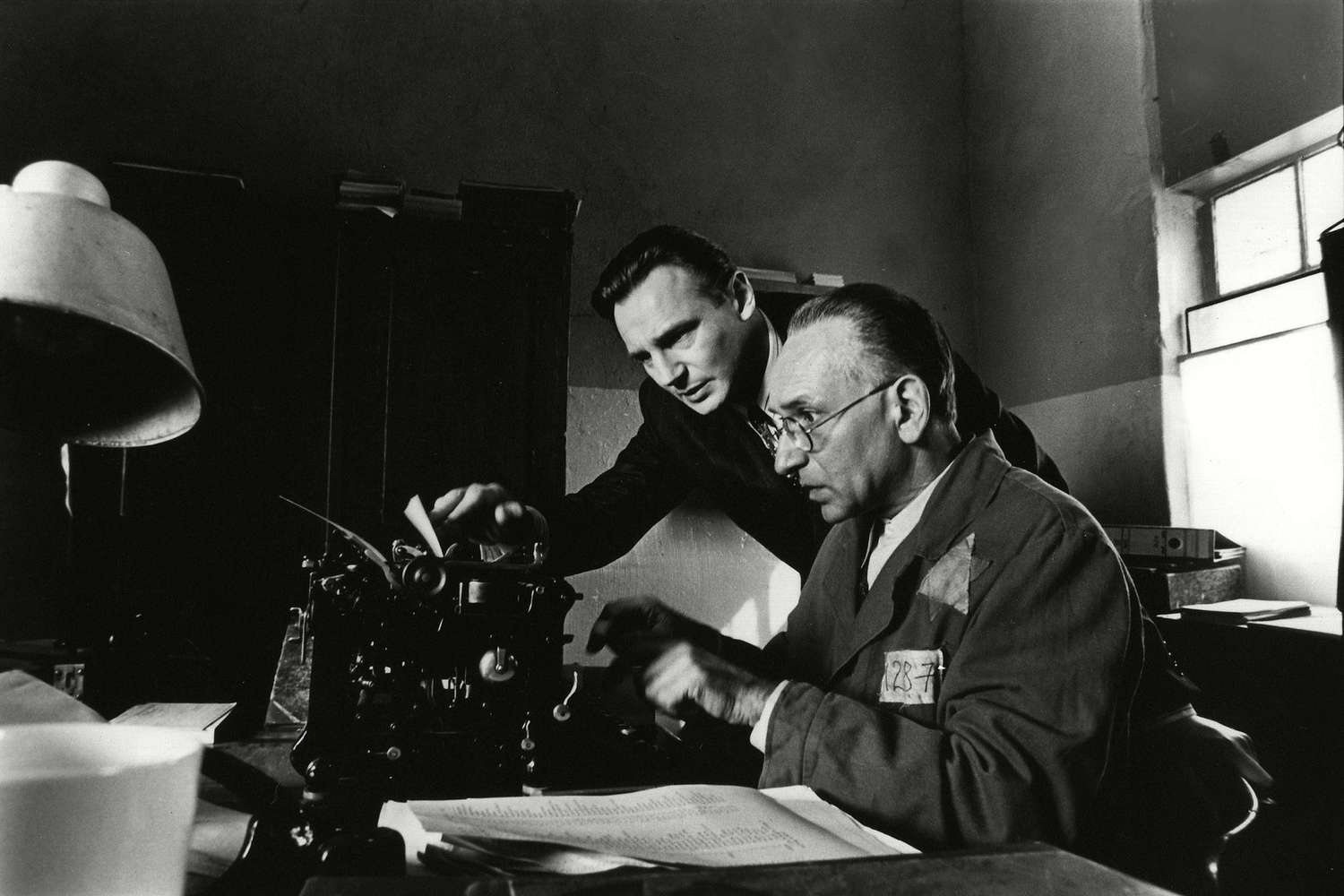
PLASZOW[1]
In late 1944, Plaszow and all its sub-camps had to be evacuated in face of the Russian advance. More than 20,000 men, women and children were sent to extermination camps. Although Schindler was ordered to evacuate, he managed to receive authorization to continue production in a factory he and his wife set up in Brünnlitz, in their native Sudetenland. They prepared to move the entire work force from Zablocie—furtively adding a list of more names from the Plaszow camp. Large bribes were paid—particularly to Goeth. Ultimately Schindler’s entire fortune was spent saving these Jews from the SS.
But there was a problem. In the process of moving them, 800 men and 300 women on Schindler’s list were diverted to Gross-Rosen and to Auschwitz respectively. When Schindler learned what had happened, he managed to secure the release of the men. His personal German secretary obtained release of the women by promising to pay 7 RM daily per worker. This is the only recorded case in the history of the extermination camp that such a large group of people were allowed to leave alive while the gas chambers were still in operation.
Imagine the stress that must have been felt by those workers. Especially the women who ended up in Auschwitz. They were not far from losing their lives.
There are many parts of this story I would have liked to include. But it would be better for you to borrow Spielberg’s movie Schindler’s List from the library. Much more interesting than dry words on a page.
[1] Yad Vashem The World Holocaust Center
This has been Part 45 of the Series A Life Worth Living. Read Part 46 – The movie
Leave a Reply